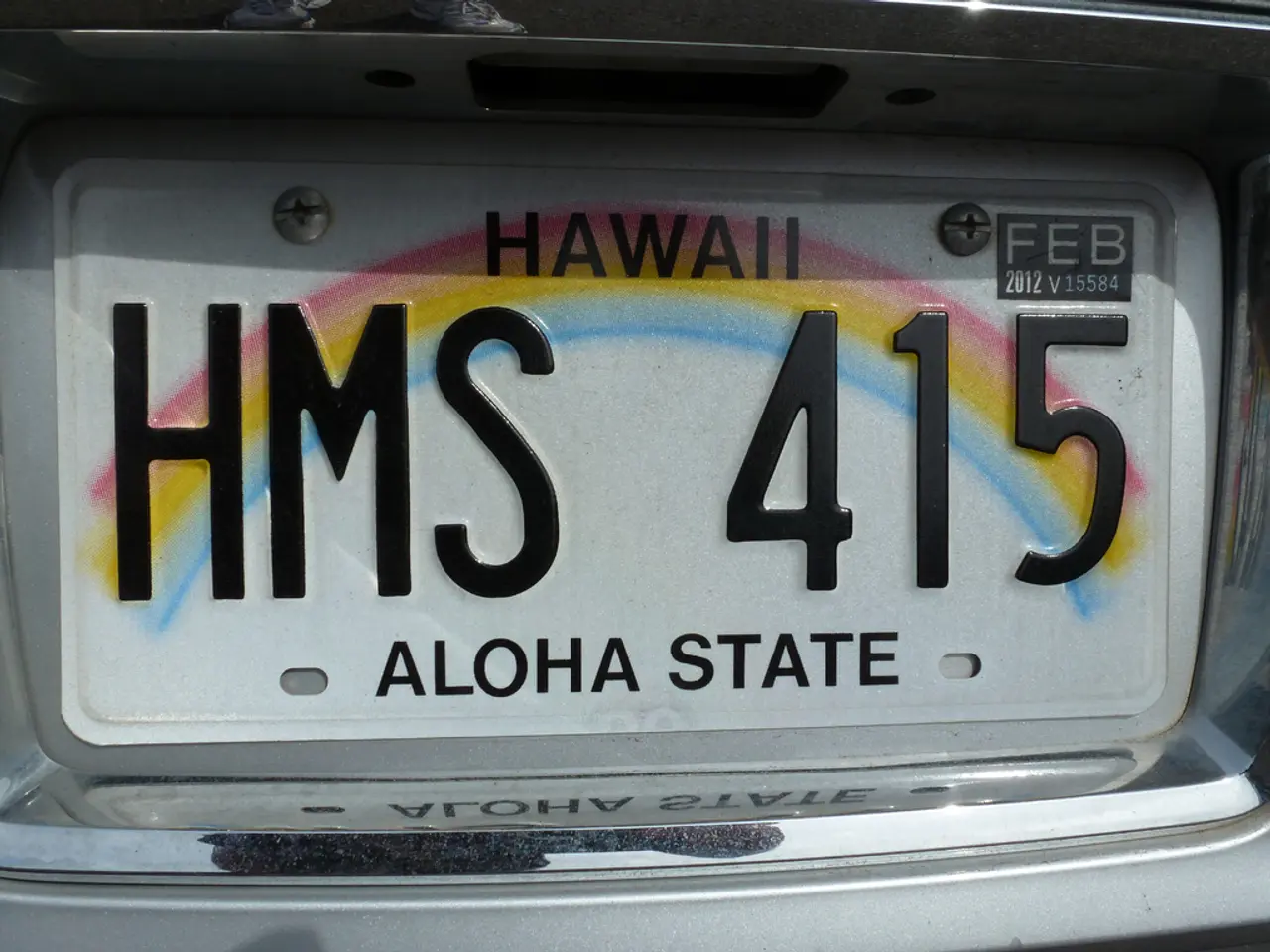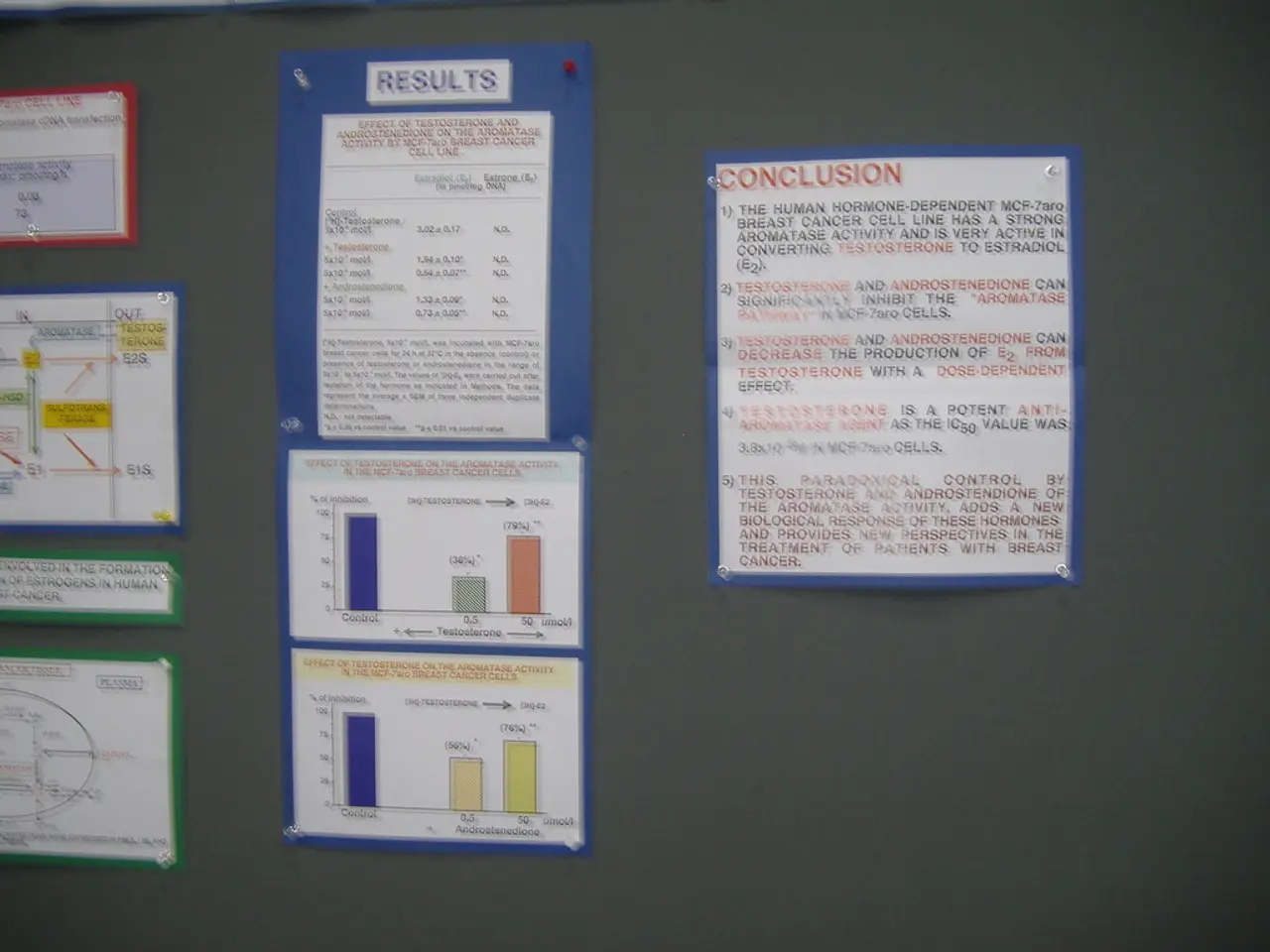Current status and forthcoming challenges of electronic charts
The development of Electronic Navigational Charts (ENCs) is a significant global transition, with the International Hydrographic Organization (IHO) playing a key role in establishing unified standards and ensuring the smooth exchange of digital data.
In recent years, the industry has witnessed a shift from the older S-57 standard to the newer S-101 standard. Organizations such as dKart are actively engaging with maritime authorities in Singapore and Hong Kong to facilitate this change, aiming to enhance the technological capabilities and interoperability of ENCs.
However, the transition is not without its challenges. Legal and financial issues abound, including standardization and regulatory compliance, investment costs, liability and risk management, and industry adaptation and resistance. These complexities have led some countries to continue hybrid chart production, gradually increasing adoption of digital navigation systems.
For instance, in the UK, the Hydrographic Office (UKHO) has extended the deadline for the complete phase-out of paper navigational charts to 2030 due to industry feedback and the complexity of transitioning fully to electronic solutions.
The legal consequences of introducing the new product have been discussed, including the subject of copyright. The question of who is responsible for the quality of the data and any errors that may arise is a matter of contention. Arrangements could be made between the digital chart bureaux and national hydrographic offices to ensure the quality of the digital data.
The IHO has not yet made a definitive statement on its role in the establishment of digital chart bureaux, although it has shown concern for the legal questions concerning the electronic chart and has sought the opinion of the International Maritime Organization (IMO).
The electronic chart is an integral part of an integrated navigation system, providing a way to avoid the increasing clutter of the paper chart by being selective in the data required. The technology has been under development for nearly two decades, with the marine developments being pursued most actively in Japan and the United States.
The IHO's Committee on Exchange of Digital Data (CEDD) is addressing the smooth exchange of digital data, and it is clear that the development of standards for the electronic chart, both in its display and data exchange format, must be given high priority. The Norwegian Hydrographer has proposed that an organization be established to obtain and sell the digital data, acting as an additional middleman.
In conclusion, the development of ENCs is advancing, but full implementation is gradual due to technical, legal, financial, and industry adaptation challenges. Countries are working towards unified standards while navigating regulatory frameworks and mitigating operational risks through established risk management practices. The future of ENCs remains uncertain, with questions surrounding their potential to partially or completely replace the paper chart.
1) The shift towards the S-101 standard in the development of Electronic Navigational Charts (ENCs) is characterized by an increase in technology and science, as organizations such as dKart employ advanced digital data exchange formats to enhance ENC capabilities.
2) As legal and financial issues are addressed, the unified standards for ENCs will likely drive further advancements in science and technology, potentially paving the way for the electronic chart to partially or completely replace its paper counterpart.




